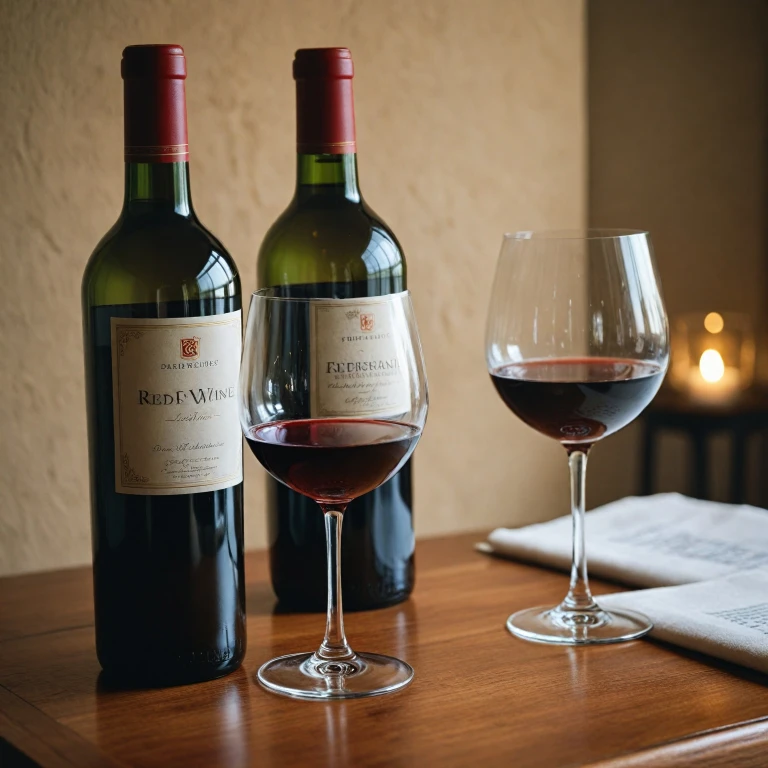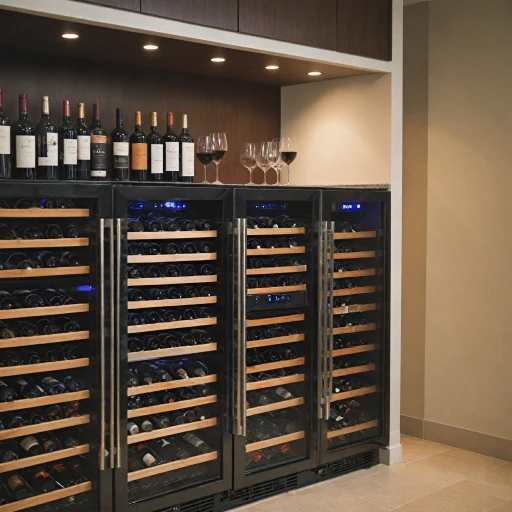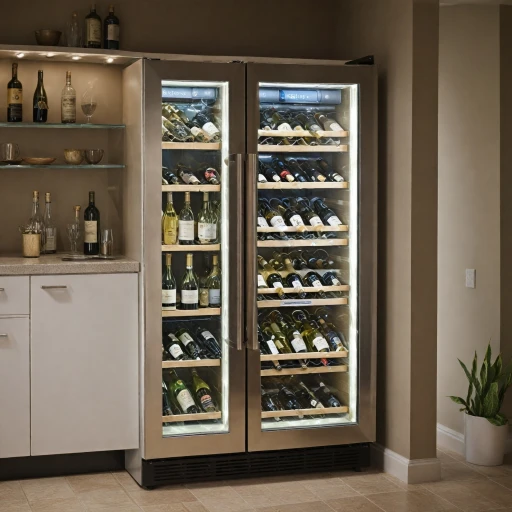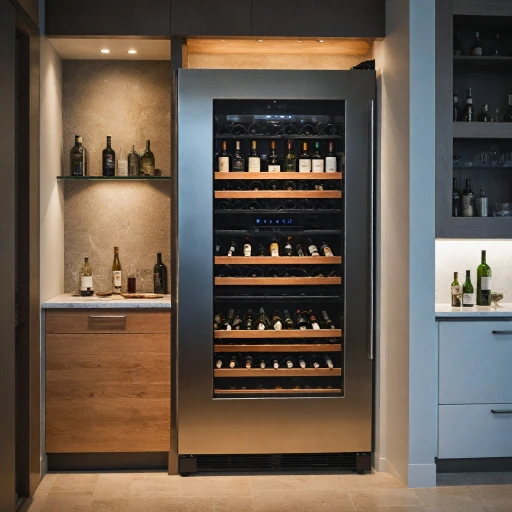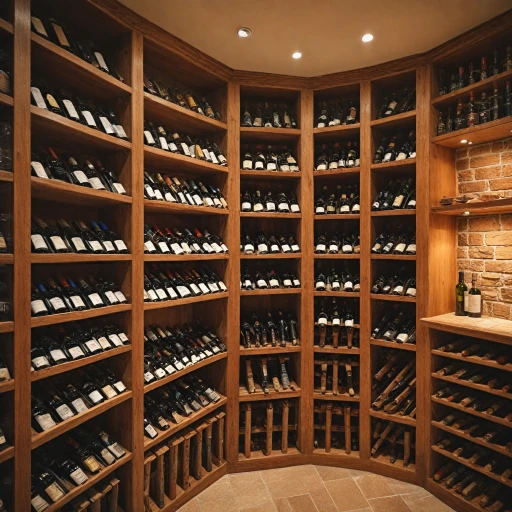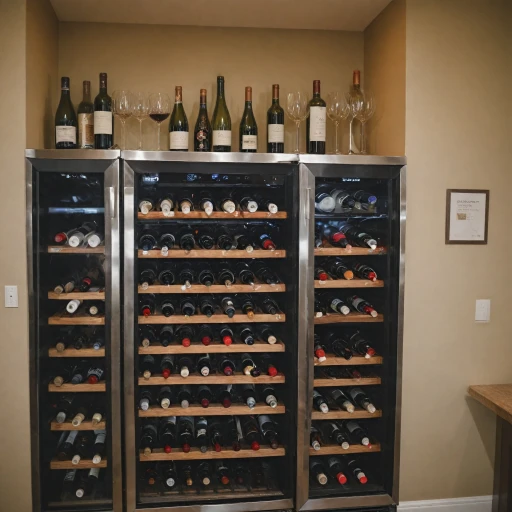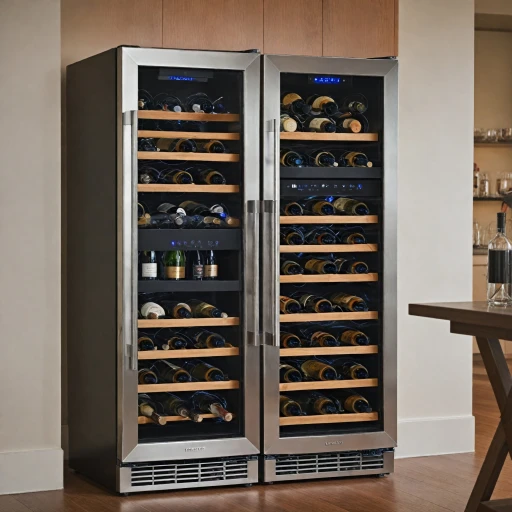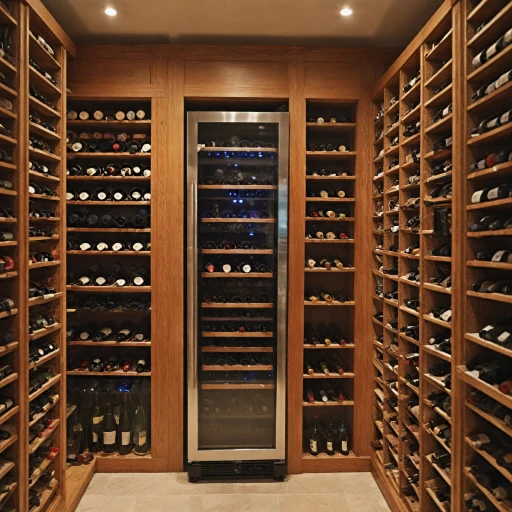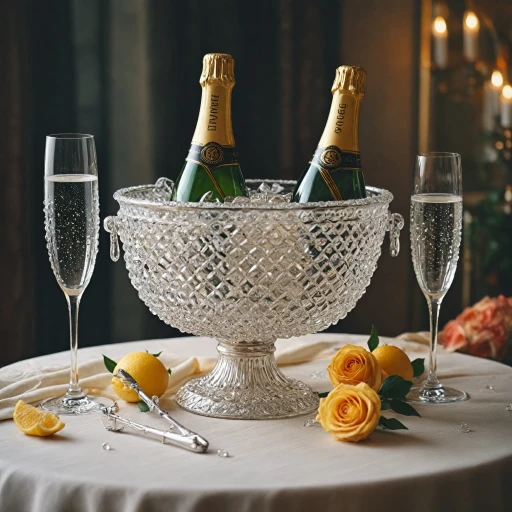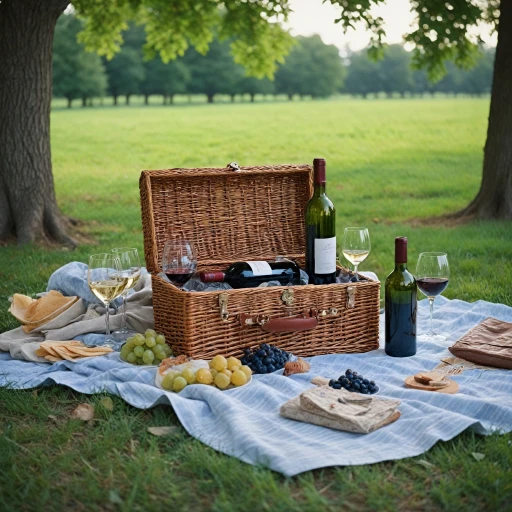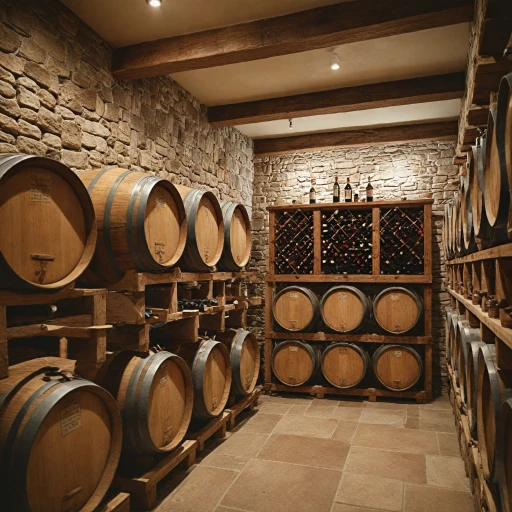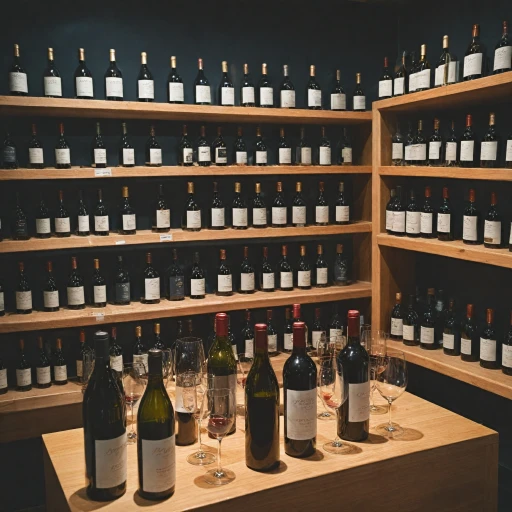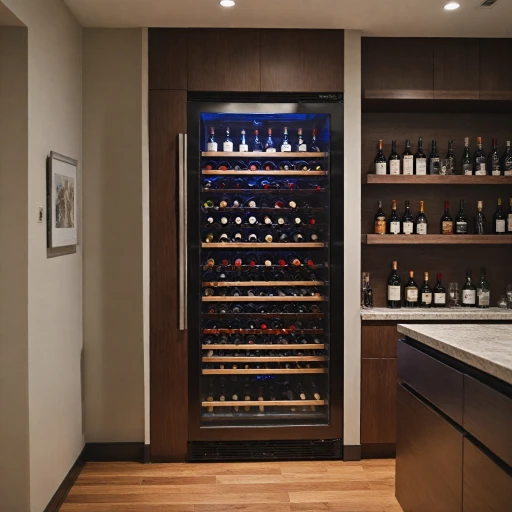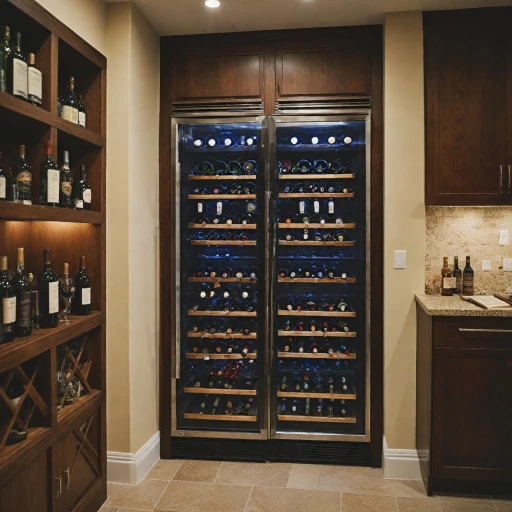
Understanding Red Wine's Shelf Life
Understanding the Longevity of Red Wine After Opening
When it comes to red wine, the question of its shelf life once the bottle has been opened is a frequent concern for enthusiasts and occasional drinkers alike. The shelf life of red wine can vary greatly depending on several factors, including the type of wine, how it's stored, and how long since it's been opened. Red wines, like other wines, are susceptible to oxidation once they've been uncorked. This process is influenced by the amount of oxygen that comes into contact with the wine, which can lead to changes in the wine's flavor and aroma over time. Typically, red wines can last between three to five days when stored properly after opening. However, this timeline can sometimes be shorter or longer, depending on the wine's exposure to oxygen and other storage conditions. For instance, a wine with a higher tannin content may retain its qualities better than a lighter red wine. Proper storage techniques, such as using a wine stopper and keeping the opened bottle upright in the refrigerator, can help maximize its lifespan. For an in-depth look into these factors, consider exploring the art of wine and cork storage, which offers insights into maintaining wine's integrity post-opening.Signs Your Red Wine Has Gone Bad
Identifying When Your Red Wine Has Crossed the Threshold
Recognizing the tell-tale signs that your red wine has past its prime is crucial for any wine enthusiast. Once opened, red wines, like all wines, are susceptible to oxidation, which is the process of oxygen interacting with the wine and altering its flavor and aroma. Oxidation is a natural process, but when allowed to continue unchecked, it can lead to the deterioration of both red and white wines.
Several key indicators suggest that a red wine has gone bad:
- Aroma Changes: Freshly opened red wine typically has a pleasant, fruity aroma. However, if your open bottle of wine starts to emit a sharp, vinegar-like odor, it’s likely been compromised by excessive exposure to air.
- Unpleasant Taste: If the red wine tastes flat, sour, or simply off, this could be due to the oxidation process affecting its original flavors. Over time, a wine that once seemed rich and robust may taste dull and lifeless.
- Appearance Alterations: The color of a red wine can provide clues to its condition. While oxidation will slowly alter the wine's hue over the course of several days, if you notice that your wine has become significantly darker or browner, it may no longer be drinkable.
It's important to remember that some wines, especially red wines, can last a bit longer once opened if stored properly. However, the usual consensus is that most opened bottles of red will only last two to three days before these quality issues begin to arise.
For a more in-depth understanding of how red wine interacts with different elements and how this impacts its longevity, you might find it interesting to explore the allure of red-tinted wine glasses. These are designed to enhance certain characteristics of red wines while simultaneously affecting how you perceive its aesthetic and olfactory qualities.
Best Practices for Storing Opened Red Wine
Preserving the Quality of Your Opened Red Wine
Once a bottle of red wine is opened, the process of oxidation begins, which can impact the wine's flavor and quality. To ensure your red wines last longer, it’s important to implement effective storage practices. These methods can help retain the wine's top taste and prevent the wine from going bad prematurely.
First and foremost, it's crucial to reseal the wine bottle immediately after pouring a glass. Use a good-quality wine stopper to limit the wine's exposure to oxygen. This will play a significant role in preserving the wine's content and extends the bottle's shelf life.
After resealing, store your opened red wine upright in a cool, dark place. Avoid storing it in the fridge, as the cooler temperatures can alter the wine's flavor profile. It's worth noting the potential benefits of investing in wine coolers, which create an ideal environment for storing open wines by maintaining consistent temperatures.
Lastly, try to consume the wine within three to five days of opening, as the quality declines over time. Although red wines can last longer than white wines once opened, avoiding these common mistakes in storage will help maintain the wine’s intended taste and bouquet.
The Role of Wine Coolers in Wine Preservation
Preserve Your Wines Through Cooler Storage
Storing red wines properly after opening is essential to maintaining their quality and extending their shelf life. One of the most effective methods for preserving both red and white wines is using a wine cooler. The primary role of wine coolers in wine preservation is minimizing oxidation, a process that occurs once the bottle is opened and oxygen fills the bottle. This exposure can cause the wine to spoil if not managed properly. Wine coolers regulate the temperature and humidity, creating an optimal environment for storing open bottle wines. This helps slow down the degradation process that leads to oxidation, ensuring that your red and white wines last longer. By maintaining a consistent climate, a wine cooler helps preserve the delicate balance of flavors and aroma within the wine. Ensure the wine cooler temperature setting is appropriate for the type of wine you're storing. Red wines are best kept slightly cooler than room temperature, while white wines benefit from a slightly colder setting. When storing a bottle of wine in a cooler, remember to use a wine stopper to seal the bottle, further reducing the penetration of oxygen into the wine. It's important to remember that even with proper techniques and storage conditions, opened wines will only last so long. Red wines, in particular, have an extended shelf life when stored correctly in a wine cooler, allowing them to last three days or more. However, sparkling wines may not retain their fizz beyond a few days after opening. In summary, effective use of a wine cooler, combined with other best practices, offers a practical solution for both preserving and enhancing the enjoyment of your wines over time.Common Mistakes in Storing Opened Red Wine
Common Errors in Handling Opened Wine
Storing red wine after it's been open might seem straightforward, but there are several mistakes that can lead to an undesired taste and aroma. Understanding how to avoid these common pitfalls will help your wine last longer and maintain its quality. One frequent error is leaving the bottle of wine open without a proper stopper. This increases oxygen exposure, which accelerates the oxidation process and diminishes the wine's shelf life. Properly sealing your open bottle with a wine stopper can significantly slow this process and preserve the flavors for a few more days. Another common mistake is storing the wine upright after opening. Once opened, wines should be stored horizontally when possible. This keeps the wine in contact with the cork, preventing it from drying out and further allowing excess oxygen to enter the bottle. Temperature plays a crucial role in wine preservation. Many tend to store their opened red wines in places where the temperature fluctuates. Stable and cooler temperatures are ideal for keeping the wine's content fresh. This is why using a wine cooler is beneficial—it helps maintain a consistent environment, preventing the wine from going bad prematurely. Switching between different temperatures can also affect the wine's quality. Consistent refrigeration once the wine is opened is typically recommended to slow down the chemical processes that degrade red wine. Lastly, ignoring the type of wine can lead to mistakes. For instance, sparkling wines and white wines may require different storage methods than red wines. Understanding the characteristics and storage needs of each wine type will help you determine how long does your wine last once opened. By avoiding these common storage mistakes, you can ensure your wine lasts as long as possible, maximizing your enjoyment with every sip until the last drop.Expert Tips for Maximizing Red Wine Longevity
Expert Techniques for Extending the Enjoyment of Your Red Wine
When it comes to savoring your favorite red wine for a longer period, there are certain expert-recommended techniques that can make a significant difference. Here's a concise guide to maximize the longevity of your opened bottle.
Use of Proper Wine Stopper: One of the most crucial steps in preserving wine quality is using a proper wine stopper. This reduces the exposure to oxygen, which accelerates oxidation. By limiting the oxygen contact, you help in prolonging the shelf life of your red wine, ensuring it lasts a few extra days.
Control Temperature Settings: Storing your wine at an optimal temperature significantly affects its longevity. Cooler temperatures slow down the oxidation process, allowing your wine to last longer after it has been opened. A wine cooler can be a beneficial investment, as discussed in previous sections, in maintaining consistent temperatures.
Store Upright: Keeping the opened wine bottle upright minimizes the surface area in contact with oxygen. This simple step can help your red wines maintain their flavor for a longer period.
Mind the Duration: Most red wines last around three days once opened, but certain practices can extend this timeframe. Closed with the right stopper and stored appropriately, some reds can last up to five days without significant flavor degradation.
Avoid Direct Sunlight and Heat: Ensure your opened wine is kept away from direct sunlight and heat sources. High temperatures and exposure to light can quickly spoil wine, making it taste bad prematurely.
These expert strategies, when combined with your knowledge of identifying signs your wine has gone bad and understanding proper storage practices, can greatly enhance your enjoyment of red wine post-opening.

